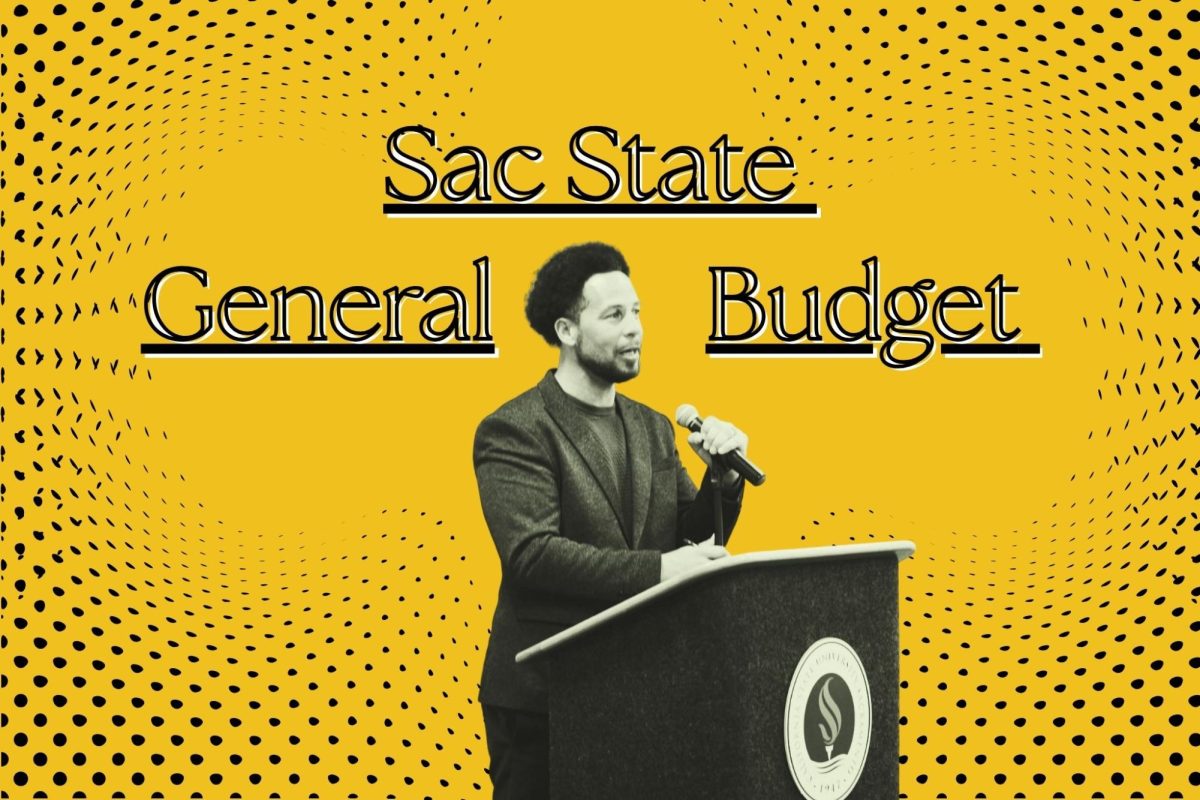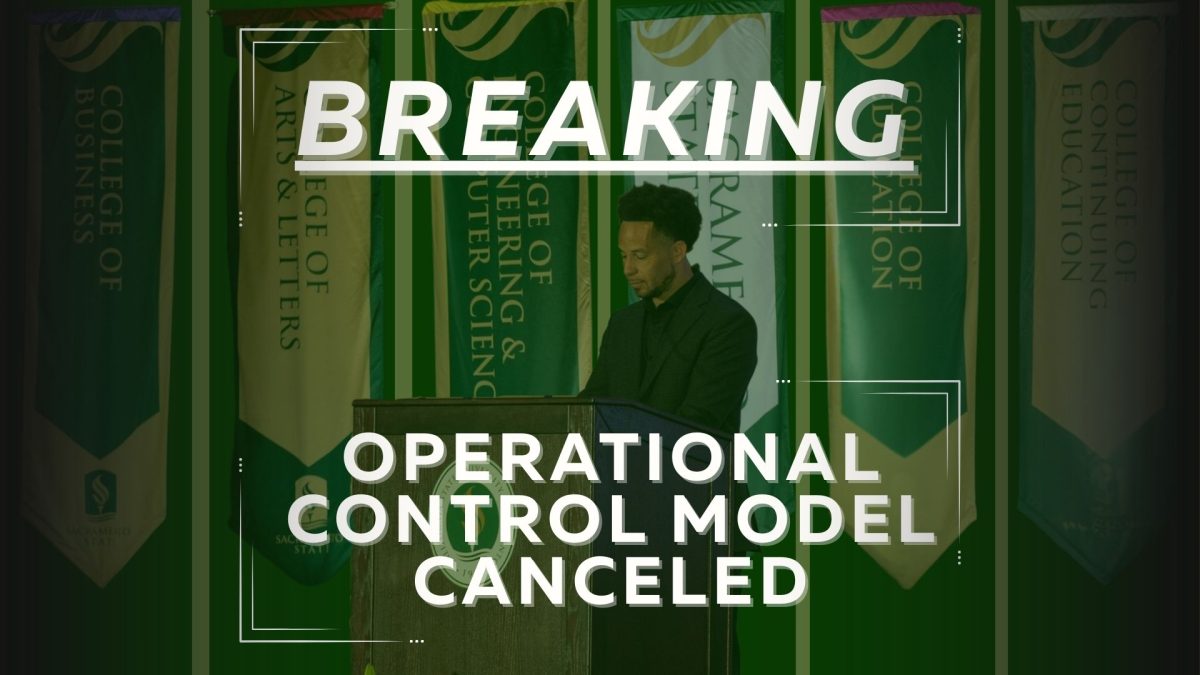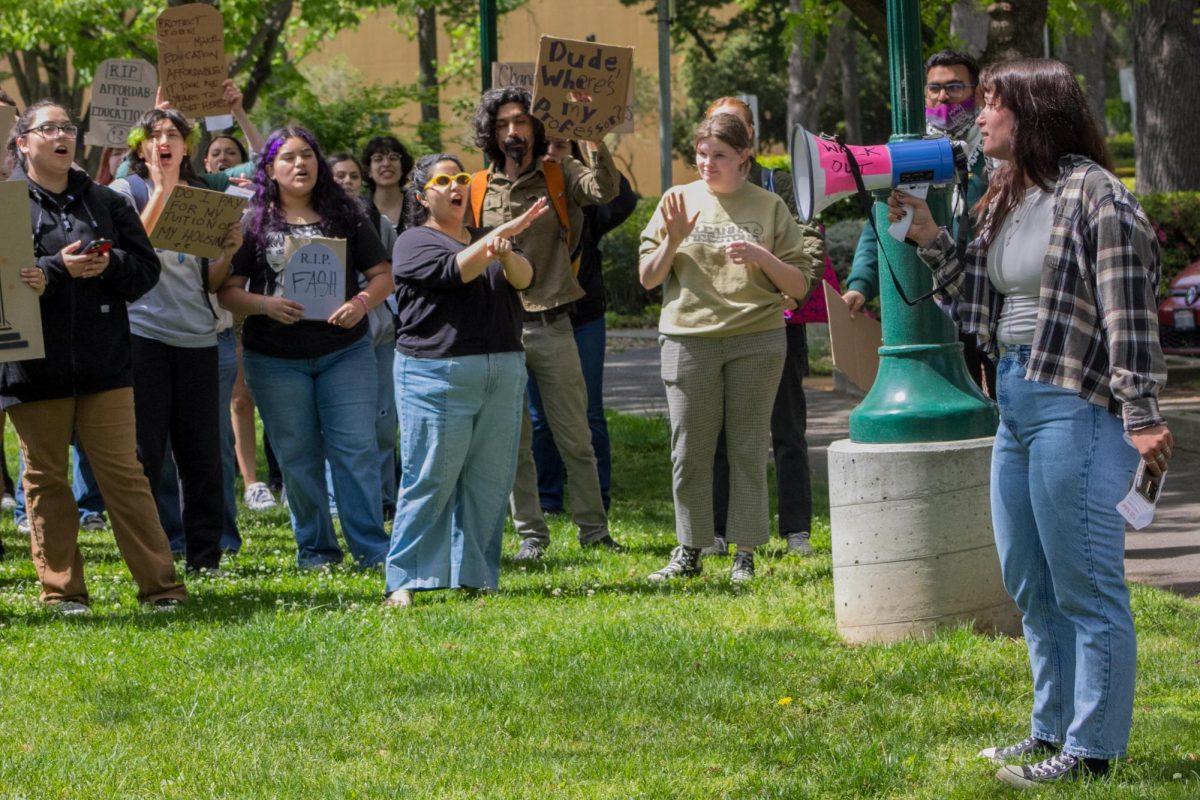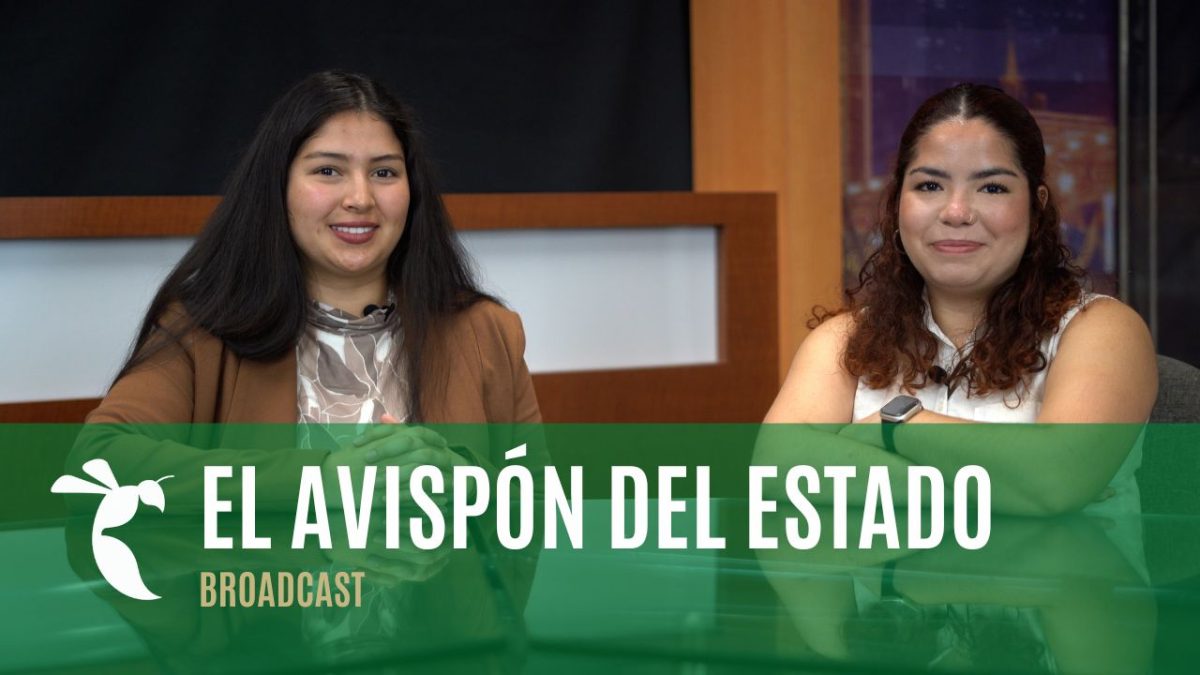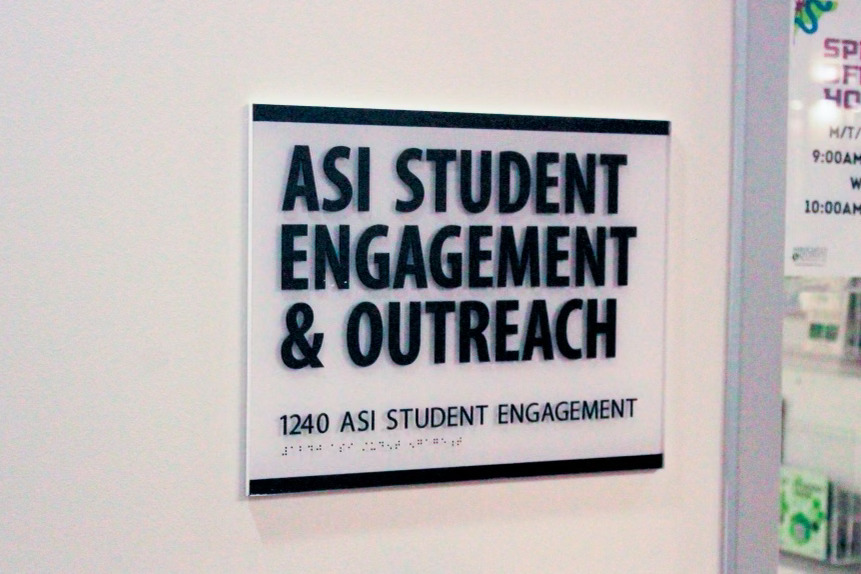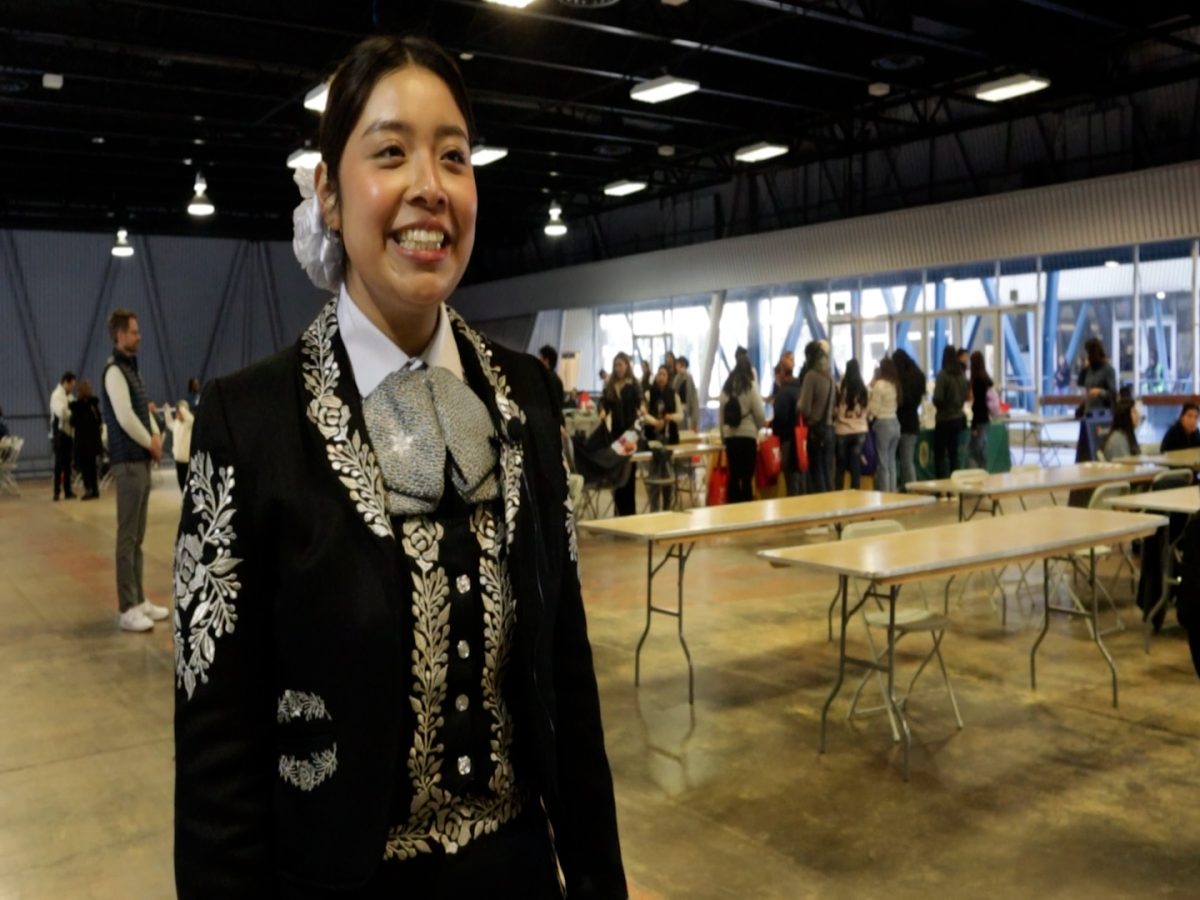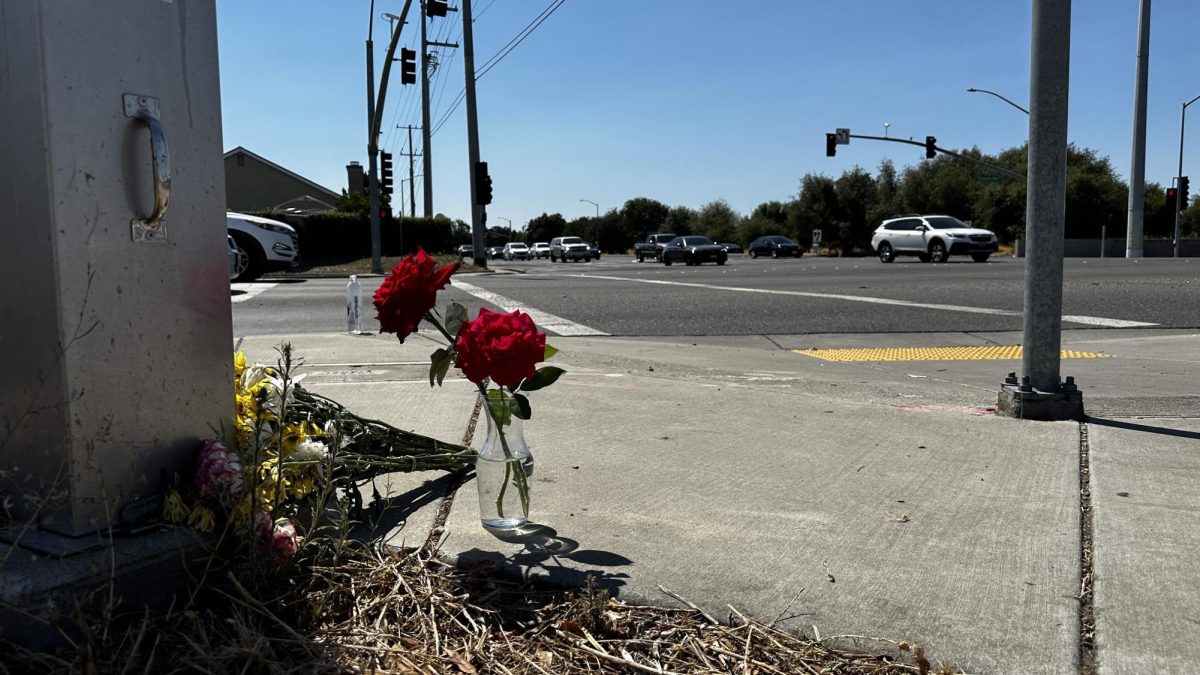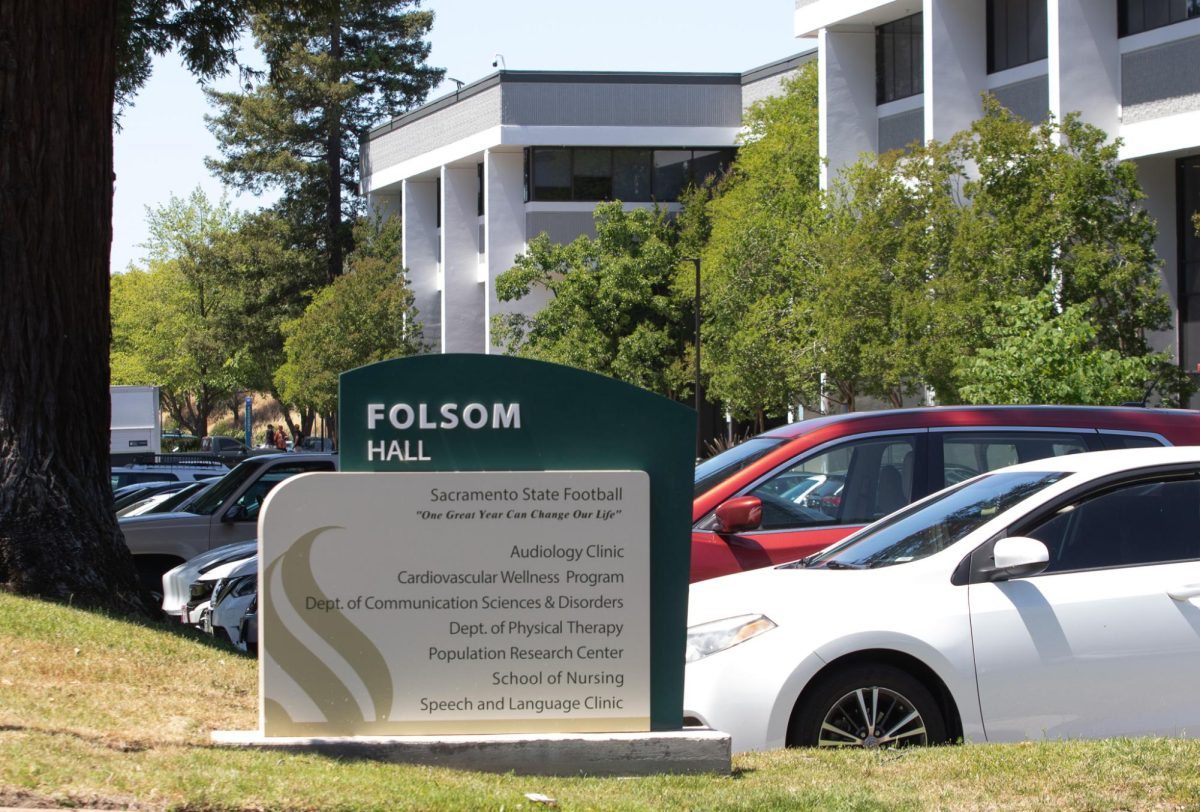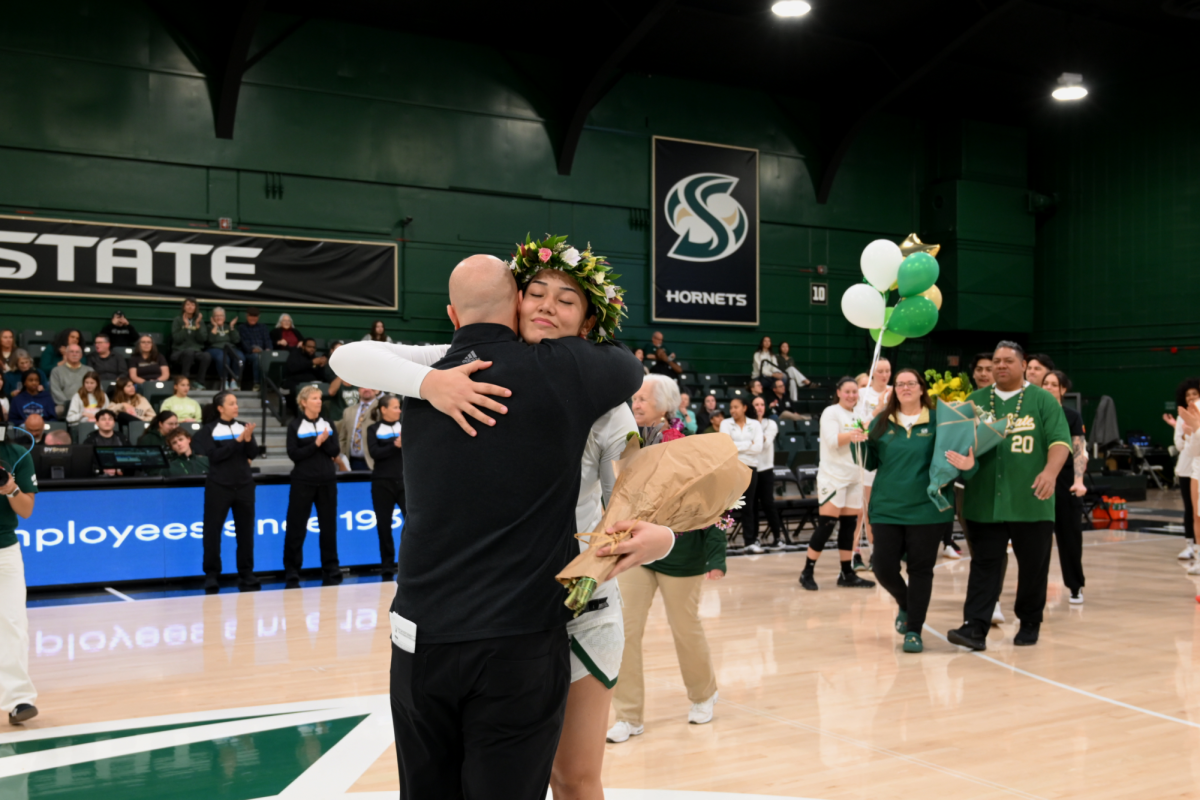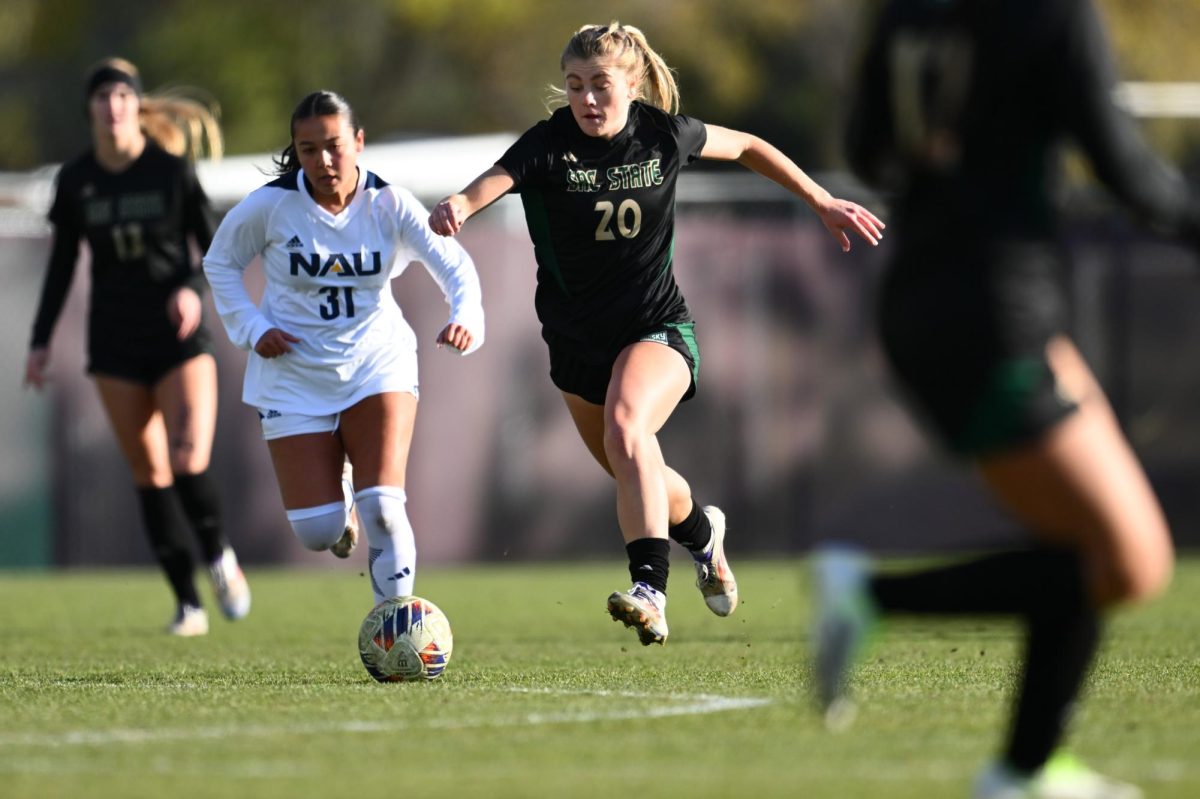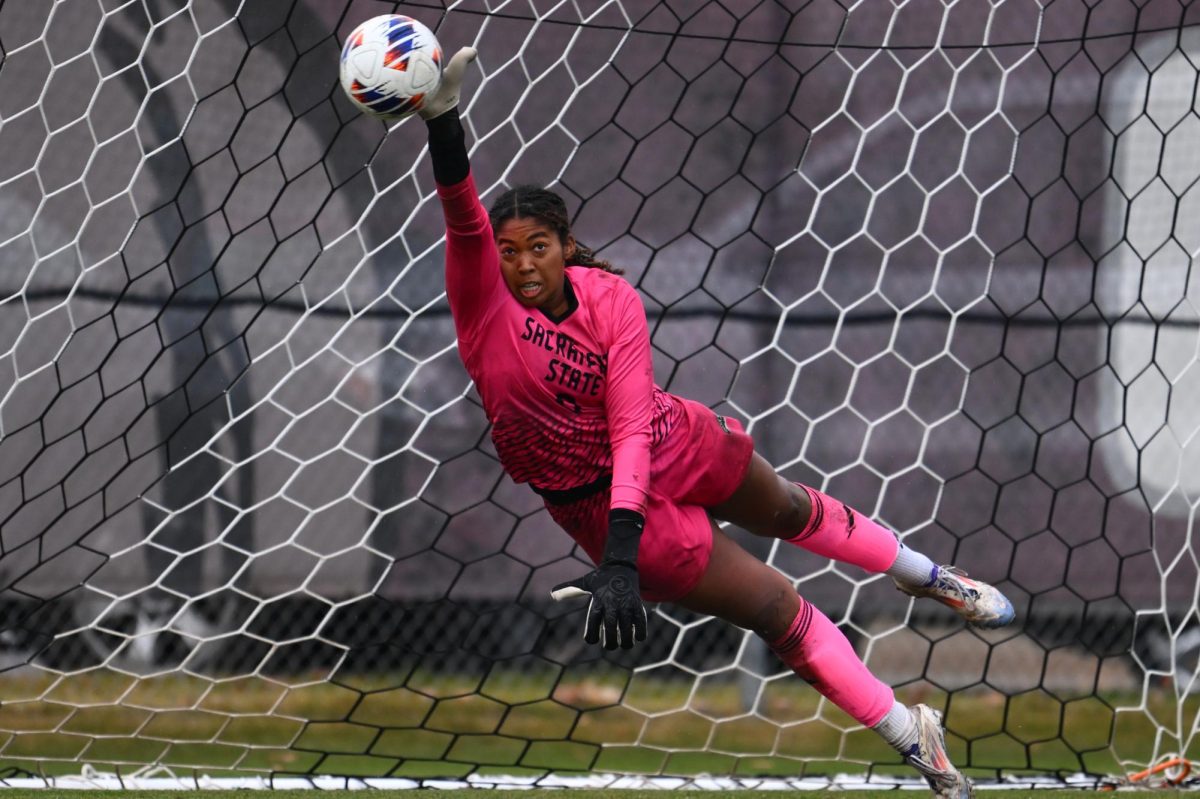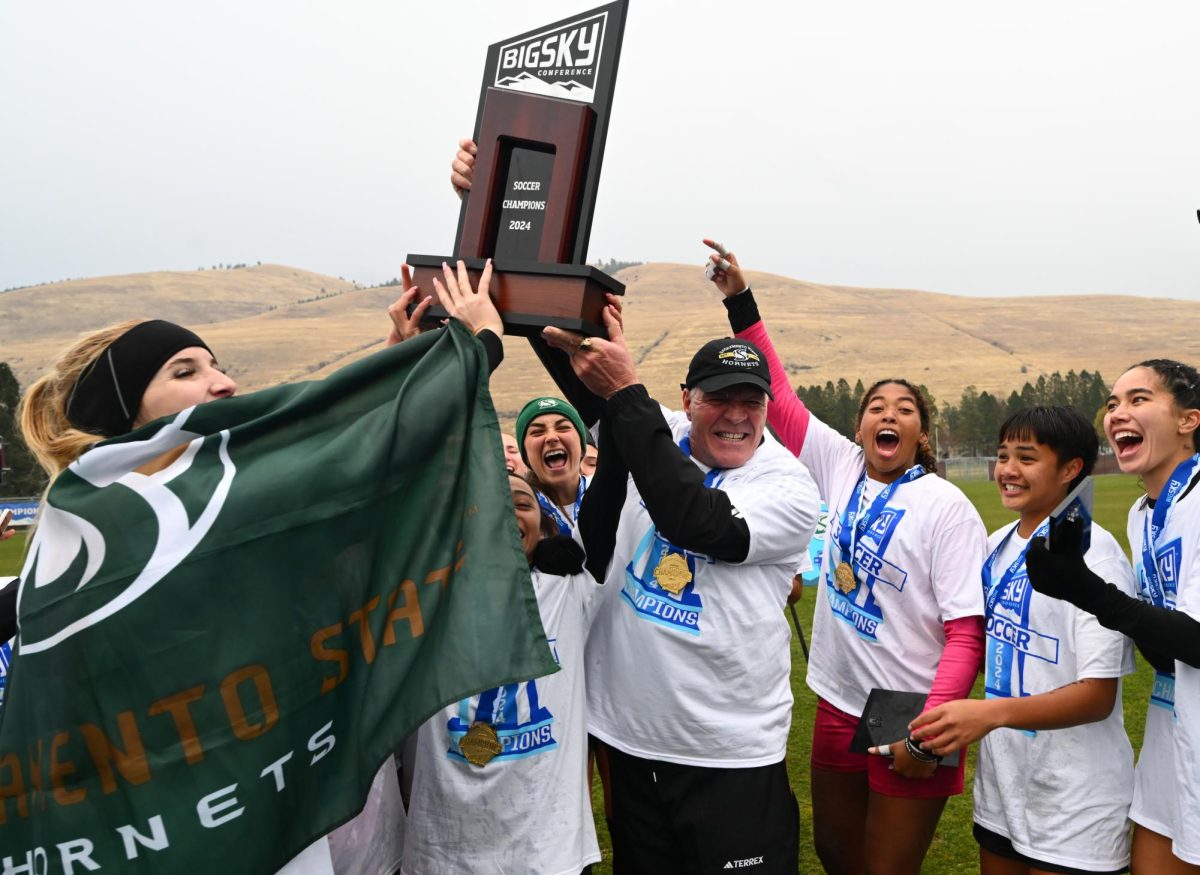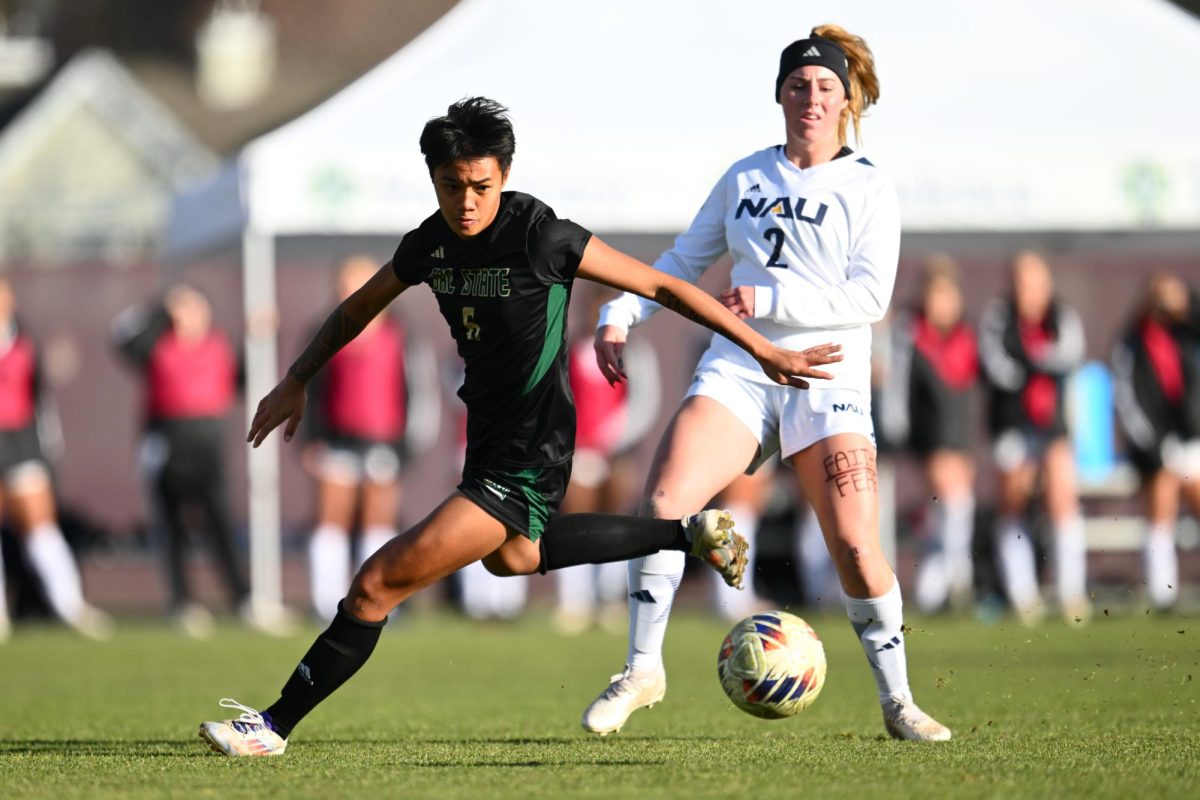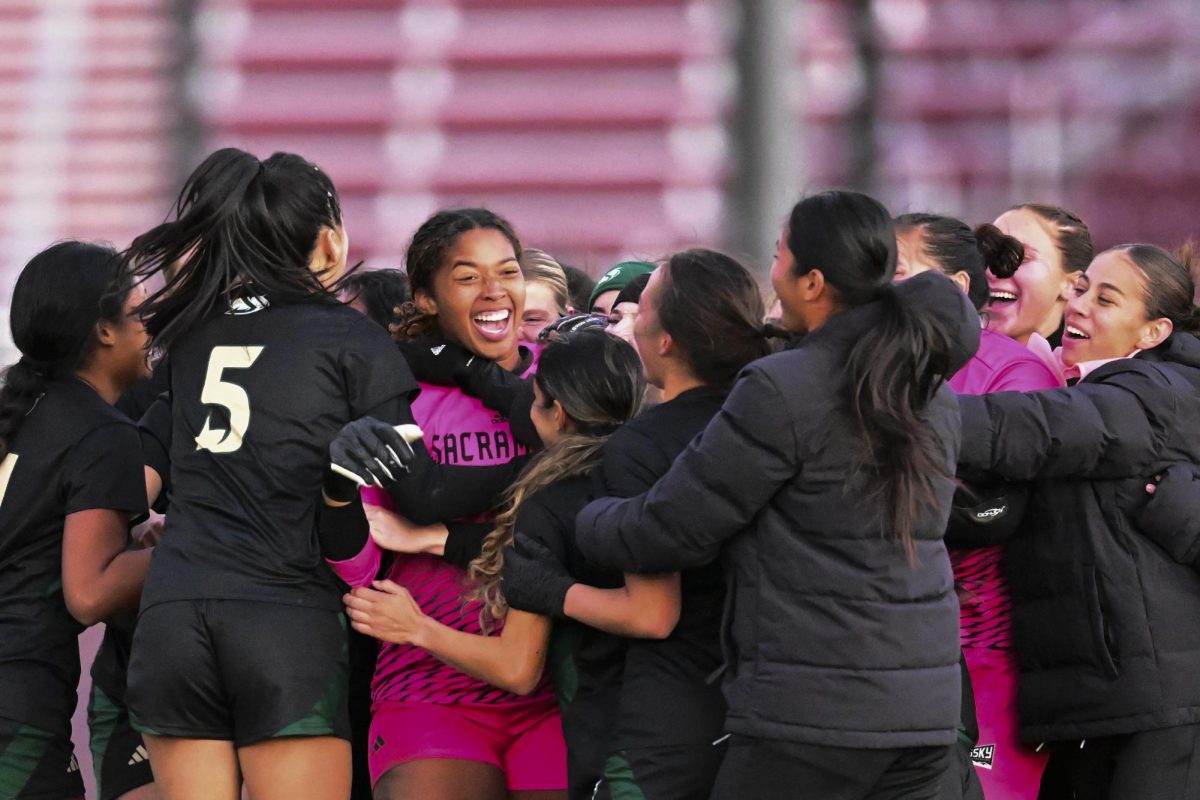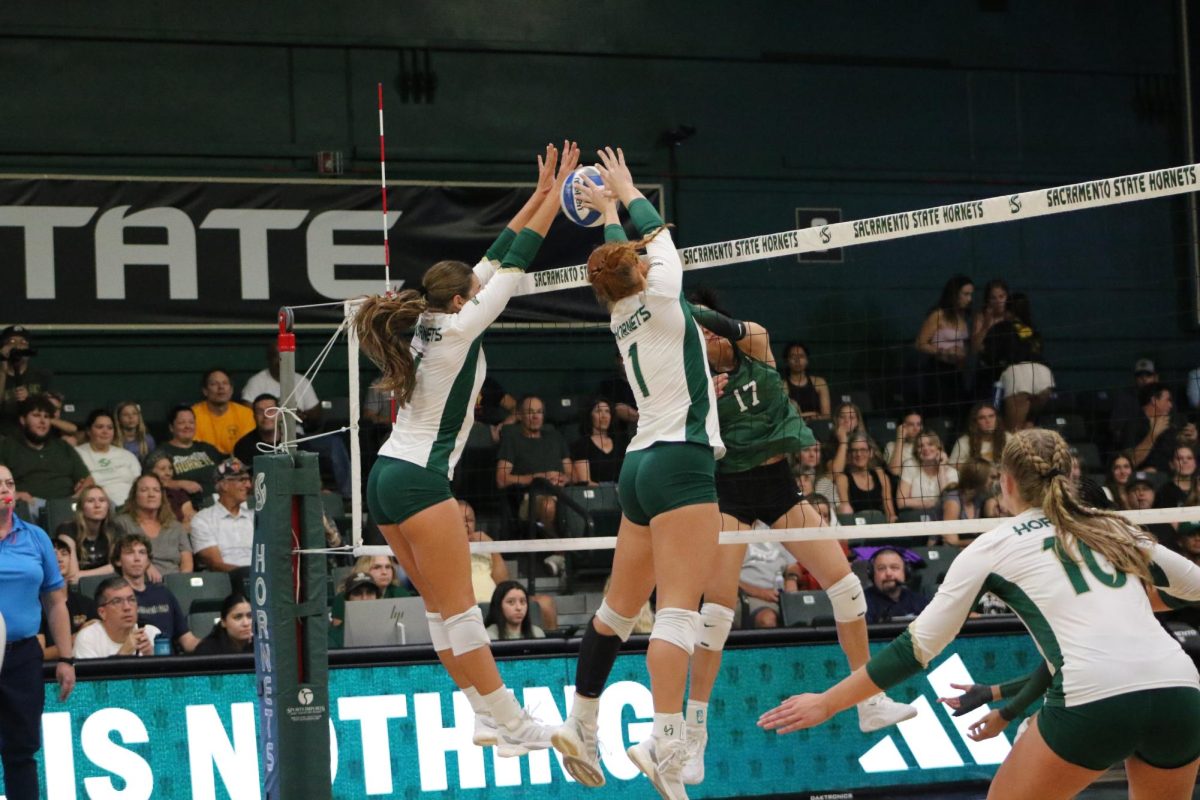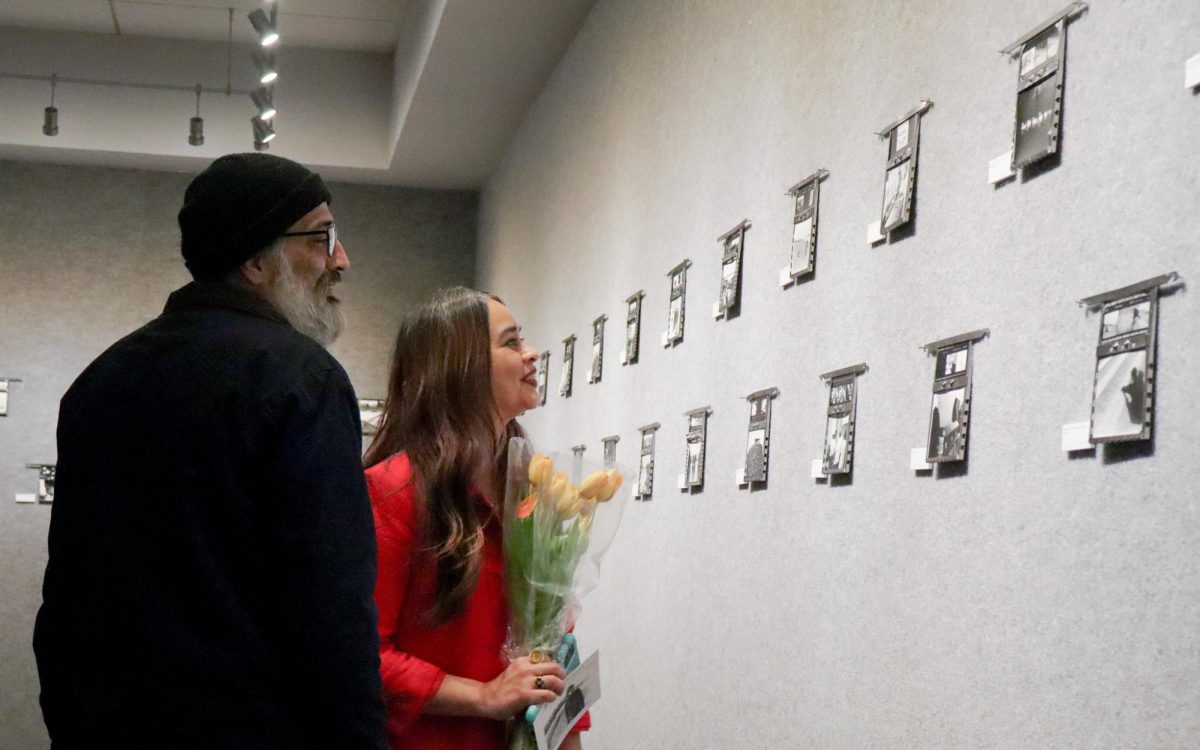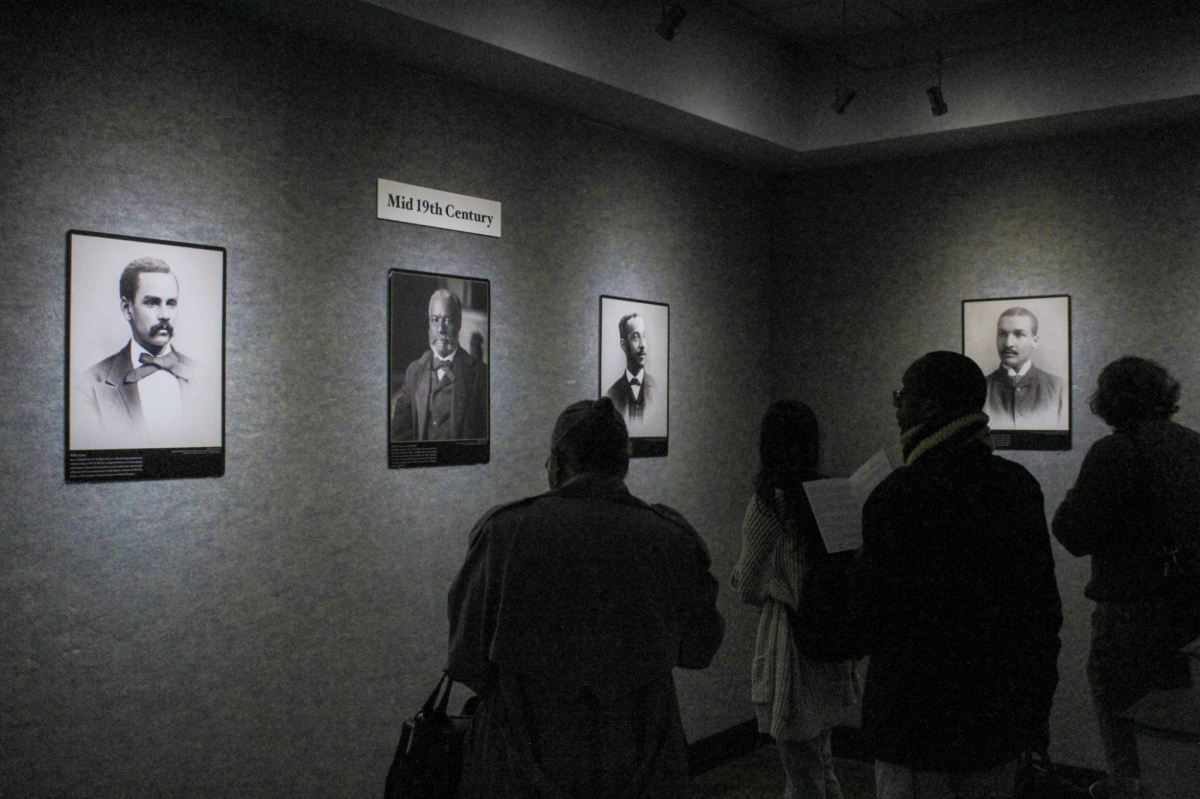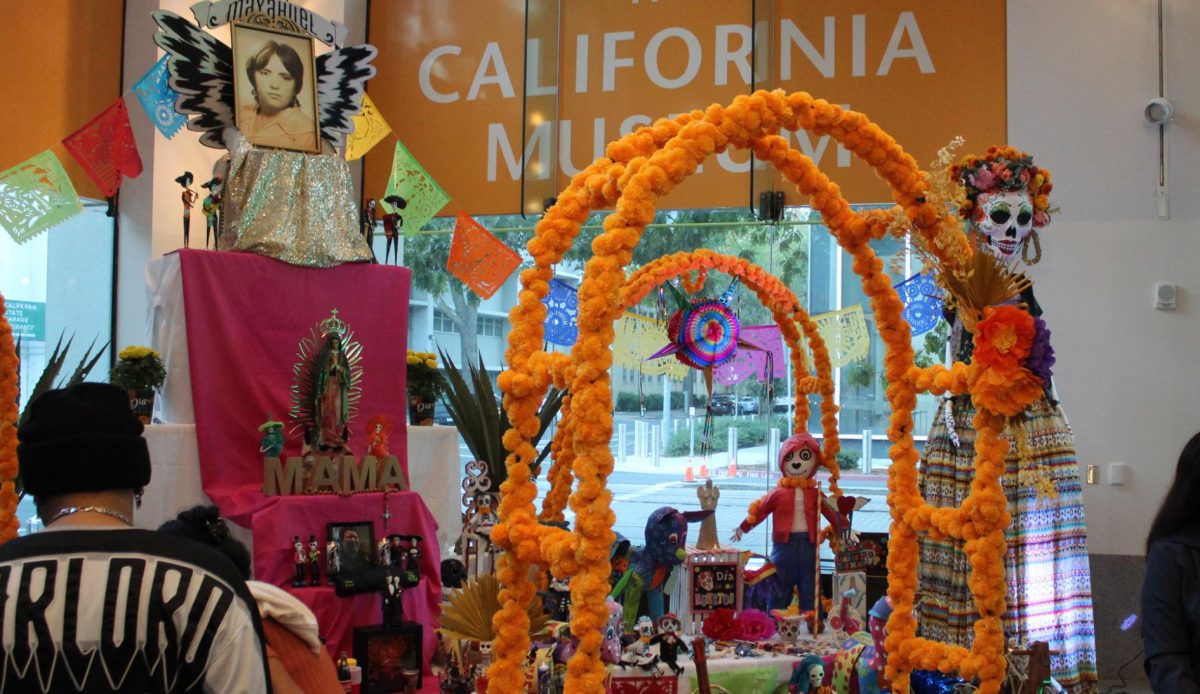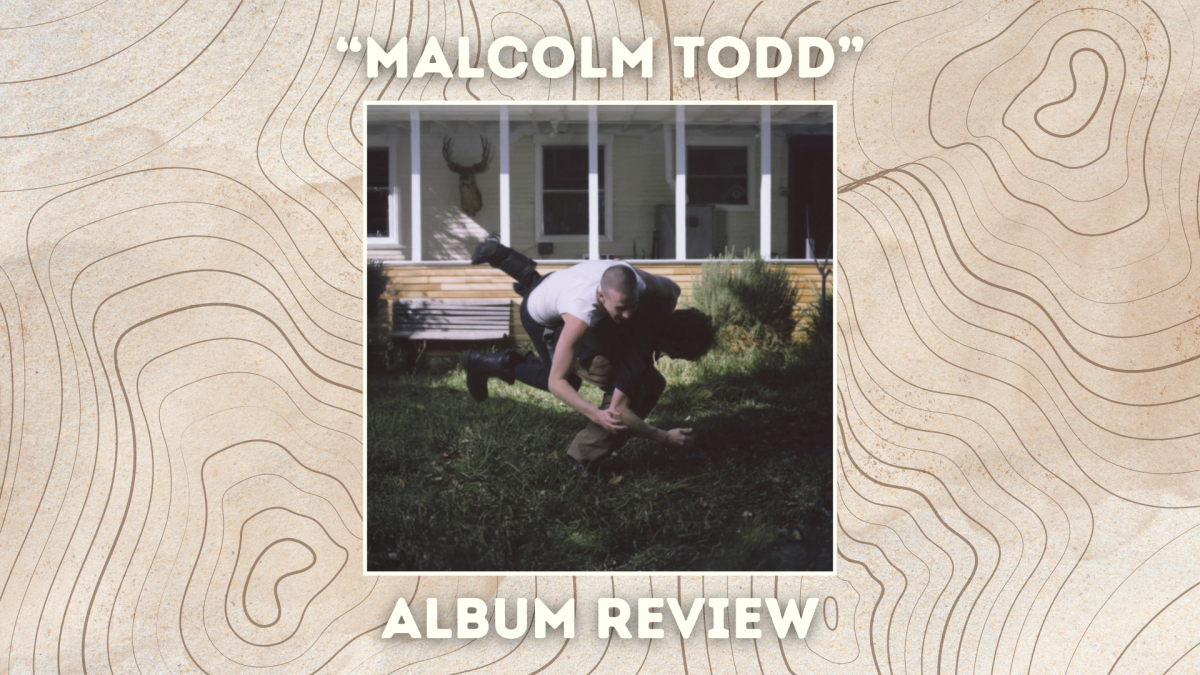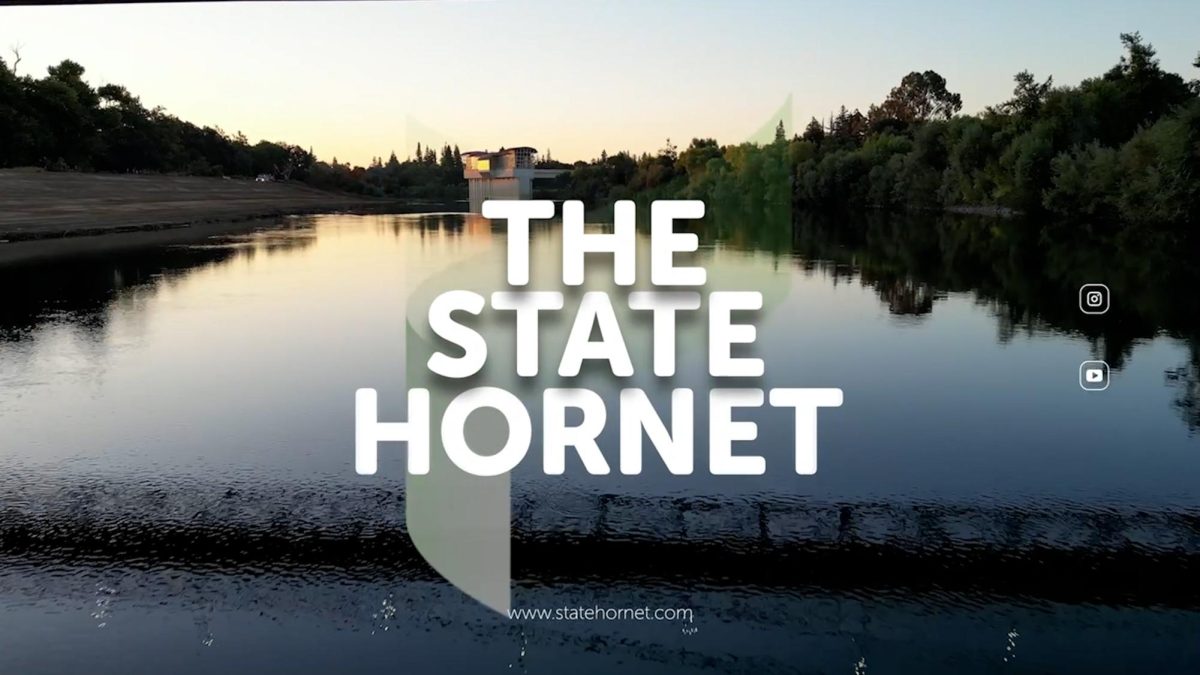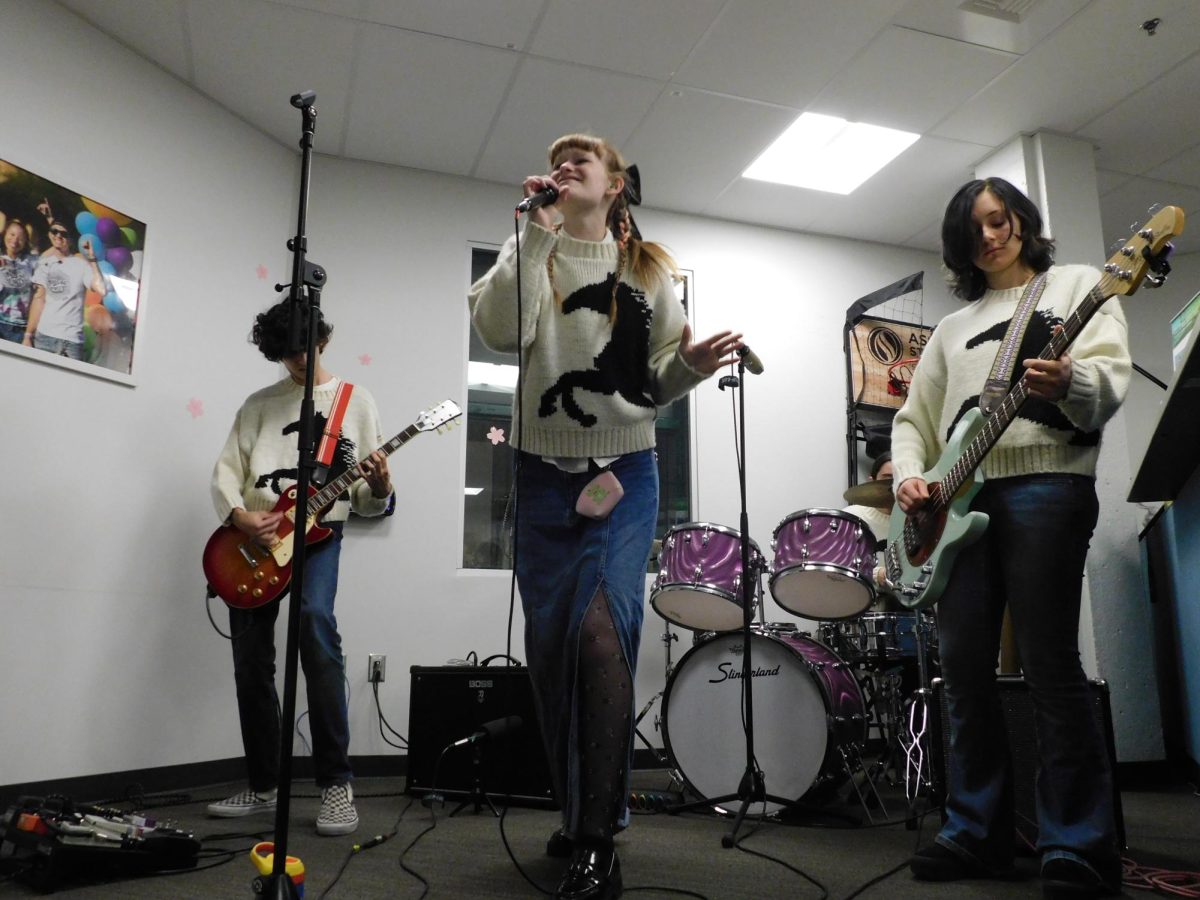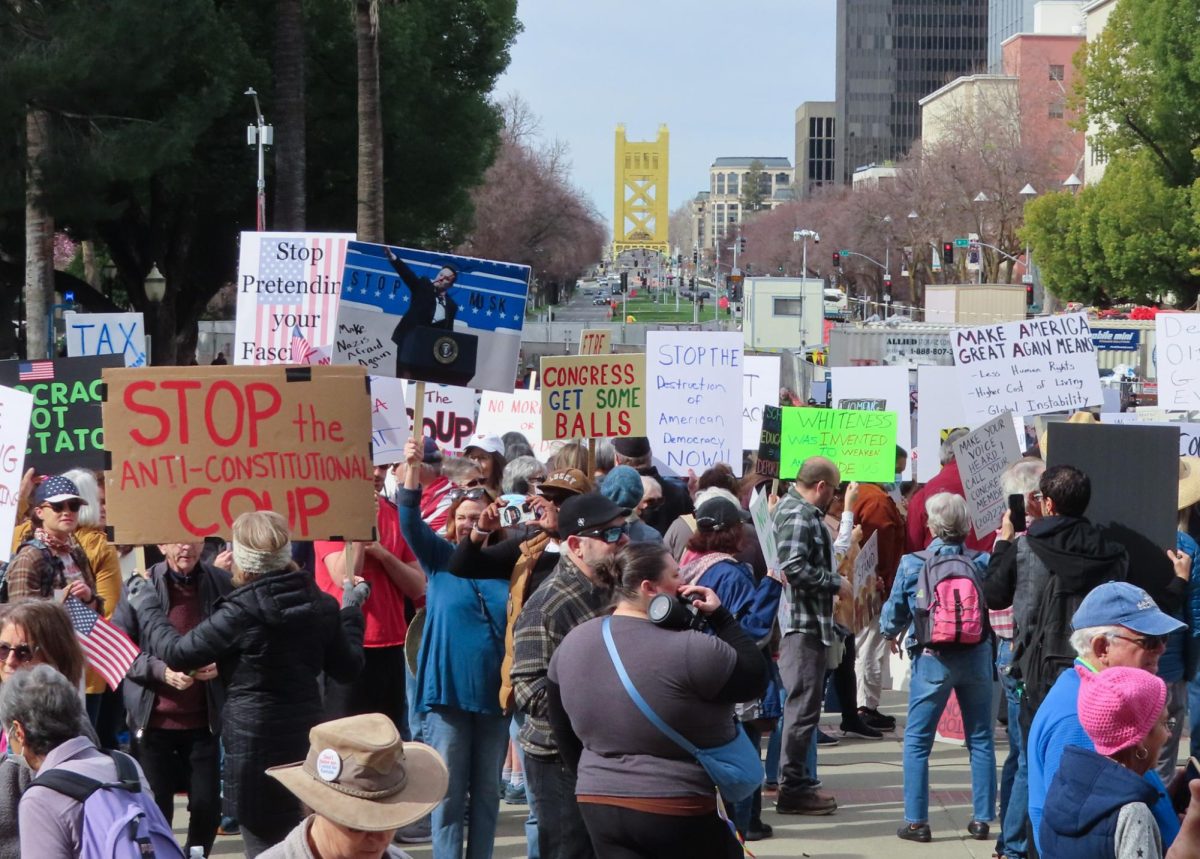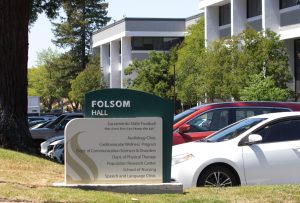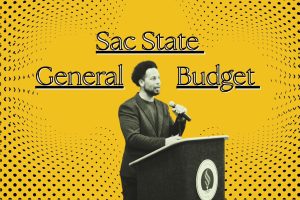No budget; school finds funds
September 6, 2008
With the California State Budget more than two months late, Sacramento State finance administrators have to find alternative ways to get funding for the university.
Emir Jose Macari, chair of the University Budget Advisory Committee and dean of the College of Engineering and Computer Science, said the school will not look for private or state loans. Instead, they are pulling from savings and will wait for the state to reimburse the university after the budget passes.
“We have a savings account that generates interest,” Macari said. “It’s used for operations right now until the budget passes.”
Yet, operations are not the school’s largest cost according to Suzanne Green, associate vice president of Financial Services at Sacramento State.
Green said the biggest cost for the school is wages and benefits. However, State Controller John Chiang is continuing to pay the salaries and benefits of personnel from the state’s treasury.
“As long as the state controller continues to pay the wages and benefits costs, we do not anticipate having to secure other funding,” Green said.
This has eliminated the need for Sac State officials to pull funds from other sources for faculty and staff salaries.
Green added the university’s operating budget for the 2008-2009 school year is about $250 million.
About two-thirds of that money, $165 million, comes from the state general fund and the remaining one-third is paid for through student registration fees.
However, the money included in the school’s budget does not include estimated needs to run programs such as University Enterprises, Inc., Associated Students Inc., the University Union, or other operations such as student housing and parking.
According to a press release from EdSource Inc., the stalled budget looks quite a bit different than the budget proposed by Gov. Arnold Schwarzenegger in January.
In his May revised proposal, the governor restored much of the funding for state universities, community colleges, and K-12 schools originally cut in his initial budget plan.
But the revised proposal isn’t expected to last long without more changes due to feuding state lawmakers.
“But given state leaders’ strong disagreement over whether and how to raise revenues, educators would expect the final budget-whenever that is completed-to look substantially different,” according to EdSource.
Despite the grim looking future, Macari said the school still plans to operate like normal without cutting programs, funding, student resources or personnel.
“We are not holding anything back,” Macari said. “We are just obviously cautious.”
So how often is the school faced with a funding problem like this year’s stalled budget?
The state often starts the fiscal year without an approved budget, Green said. But the budget is usually passed by the legislature and then signed by the governor by this time of year.
It is unusual for the budget to be delayed this long. It is generally signed between late July to mid-August, just in time for the start of the school year.
Since the budget is so late this year, school administrators are faced with additional problems they don’t normally see, even when the budget is a little late.
“The university has decided to front the CalGrant financial aid money to the students since the state does not have the authorization to give us that money yet,” Green said.
The impact on students has been relatively low so far and finance administrators are hoping to keep the impact on students to a minimum.
“We have been conscientious about minimizing the impact to students and hope we have been successful in making the right budget choices,” Green said.
In order to help with that, the school has taken steps to adjust its spending. The other schools in the California State Universities system and Sac State were already anticipating cuts in the state General Fund appropriation, Green said. So right now, each division has taken a budget cut.
Therefore, some students, depending on the division they are in and what that group of administrators does to cut back spending, may see some changes. But they are supposed to be minimal.
Yet despite all the budget changes and stalls the school is currently faced with, administrators are looking to a bright future.
“We have no input, no control, but we hope they can finalize (the budget) quickly,” Green said.
Until then, the stalled budget is just something the school will work around.
“It’s frustrating waiting for the other shoe to fall,” Green said, speaking of the anticipation of finding out how much the school has to work with this year. “We are two months into the fiscal year, and thankfully we are able to work around it.”
Natalie Flynn can be reached at [email protected]



